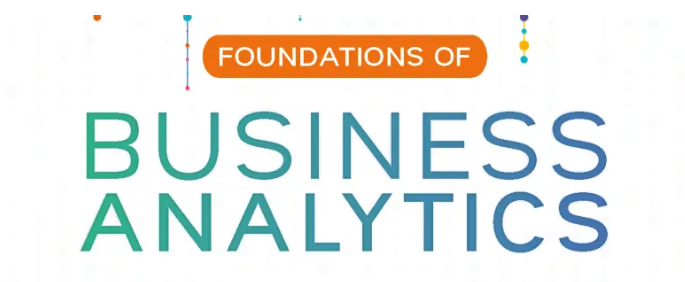*Supply Chain and Logistics Management Syllabus Introduction*
*Course Overview*
This course introduces students to the principles and practices of supply chain and logistics management, focusing on the planning, coordination, and execution of activities involved in the flow of goods, services, and information from raw materials to end customers.
*Course Objectives*
- Understand the strategic importance of supply chain and logistics management
- Learn about supply chain design, planning, and execution
- Analyze logistics and transportation management
- Understand inventory management and warehousing strategies
- Learn about supply chain risk management and sustainability
*Course Outline*
1. *Introduction to Supply Chain Management*
- Definition, scope, and importance of supply chain management
- Supply chain strategies and trends
2. *Supply Chain Design and Planning*
- Supply chain network design
- Capacity planning and management
- Demand forecasting and planning
3. *Logistics Management*
- Logistics and transportation modes
- Transportation management systems
- Warehousing and inventory management
4. *Inventory Management*
- Inventory types and management techniques
- Inventory optimization models
- Just-in-time (JIT) and lean inventory management
5. *Supply Chain Execution*
- Procurement and sourcing strategies
- Supply chain visibility and event management
- Performance measurement and metrics
6. *Supply Chain Risk Management*
- Types of supply chain risks
- Risk assessment and mitigation strategies
- Supply chain resilience and sustainability
7. *Emerging Trends in Supply Chain Management*
- Digital supply chain and Industry 4.0
- Sustainability and circular supply chains
- Future of supply chain management
*Recommended Textbooks*
- Supply Chain Management: Strategy, Planning, and Operation by Sunil Chopra and Peter Meindl
- Logistics Management by Donald J. Bowersox and David J. Closs
5 Lessons
Updated: Dec 2025


